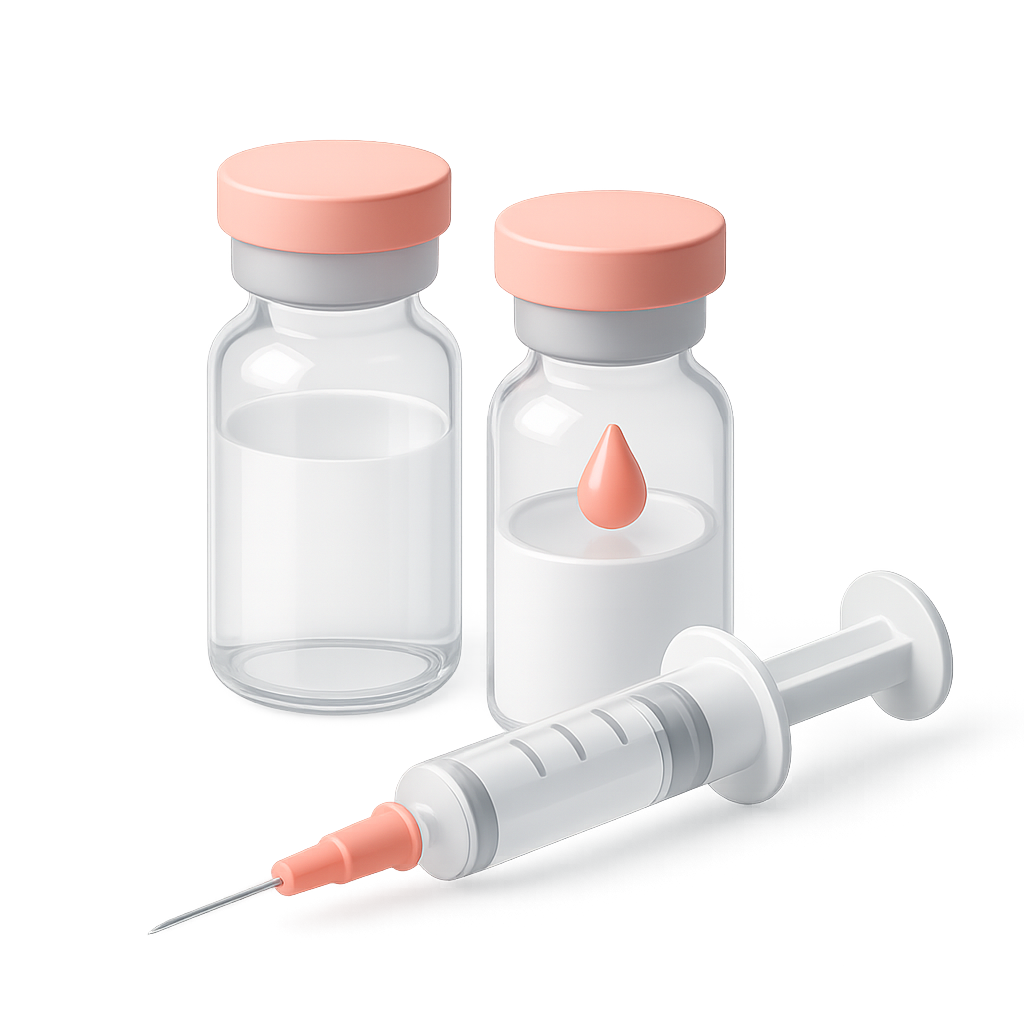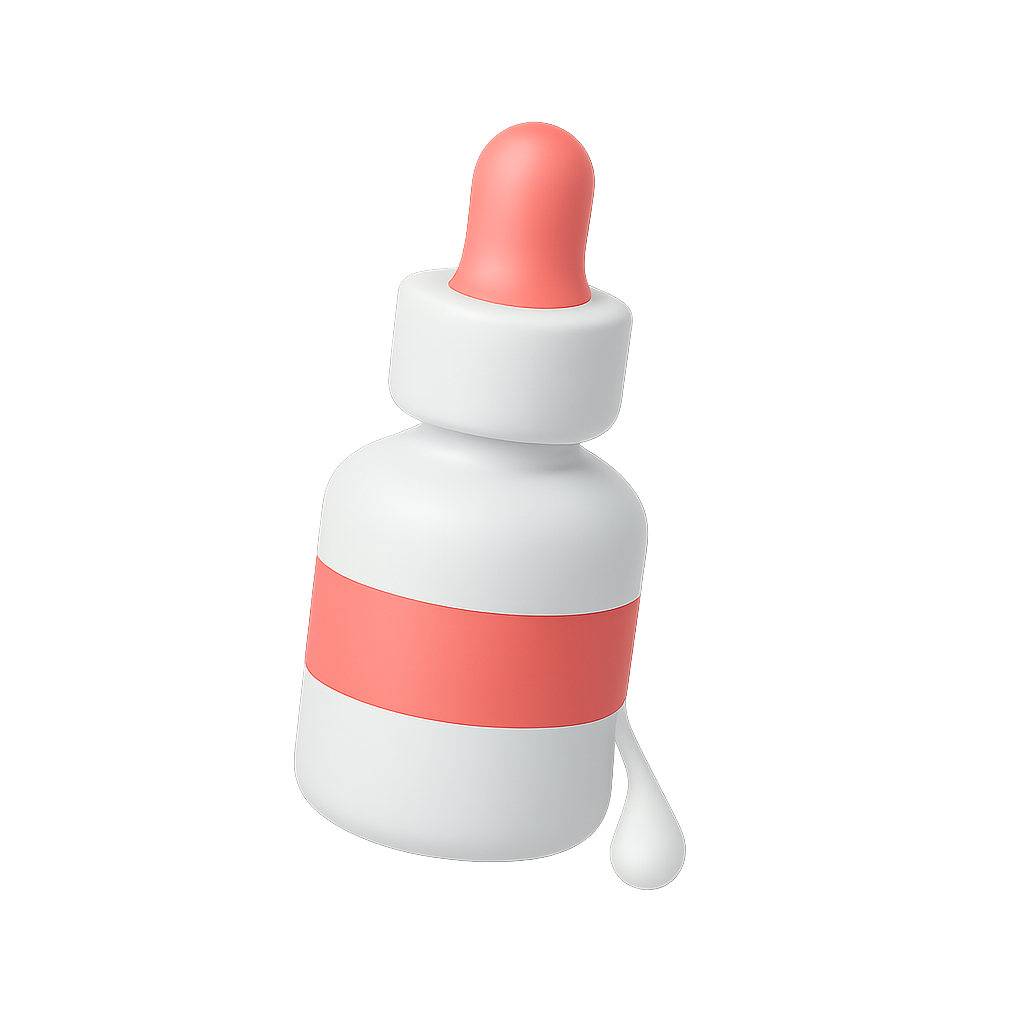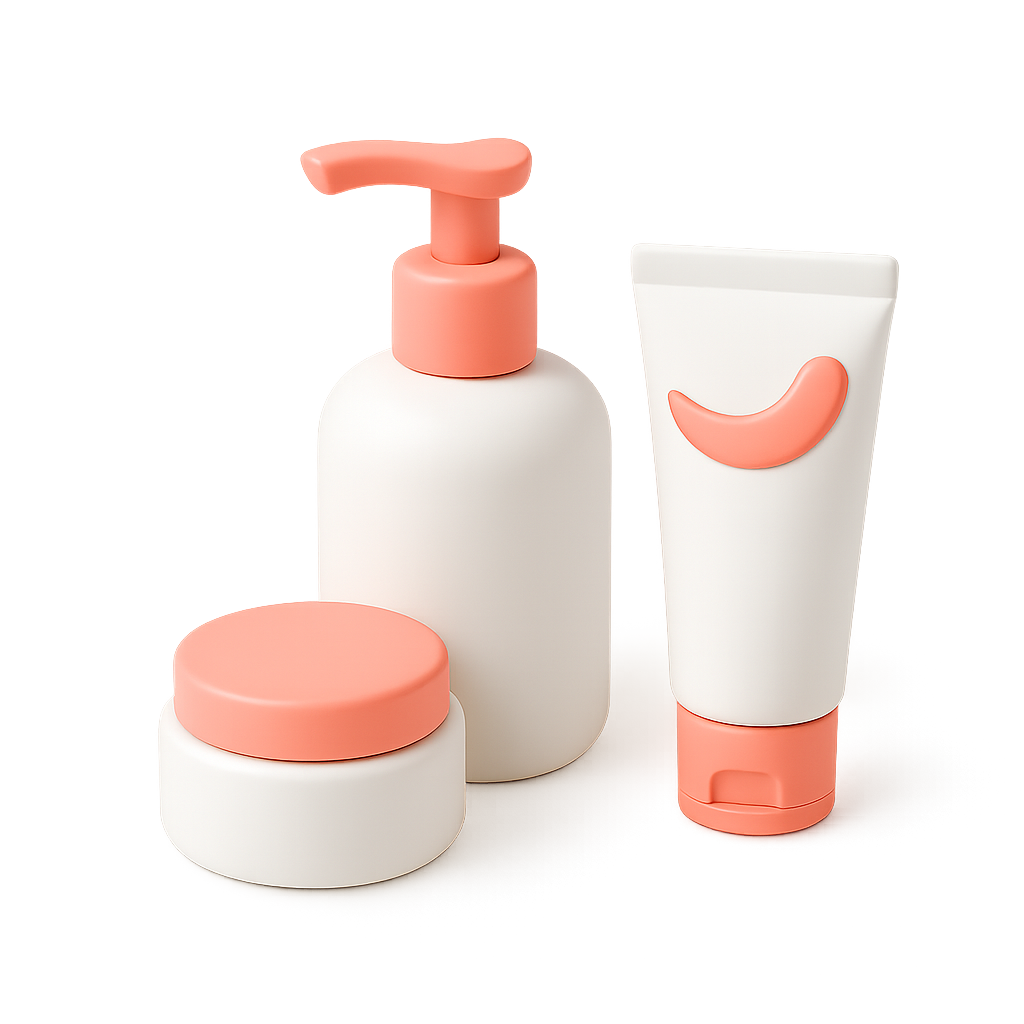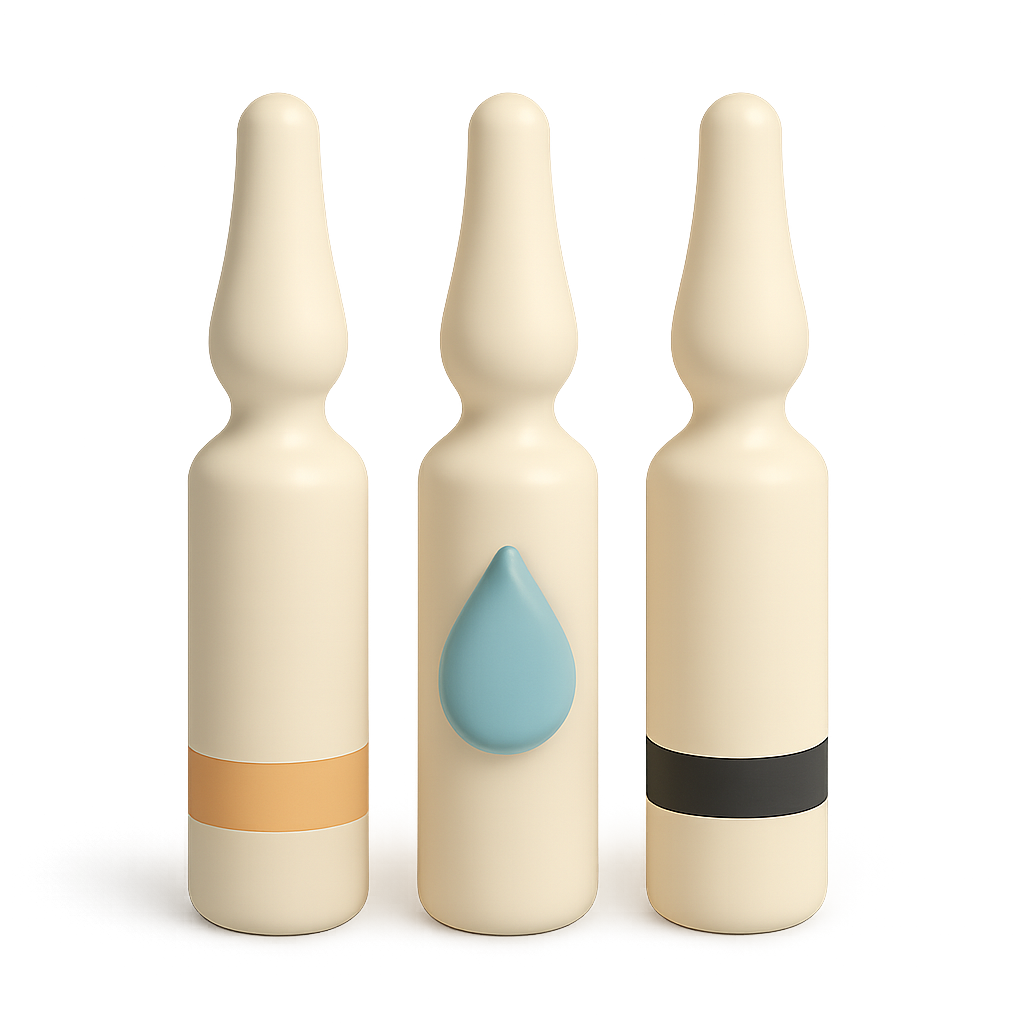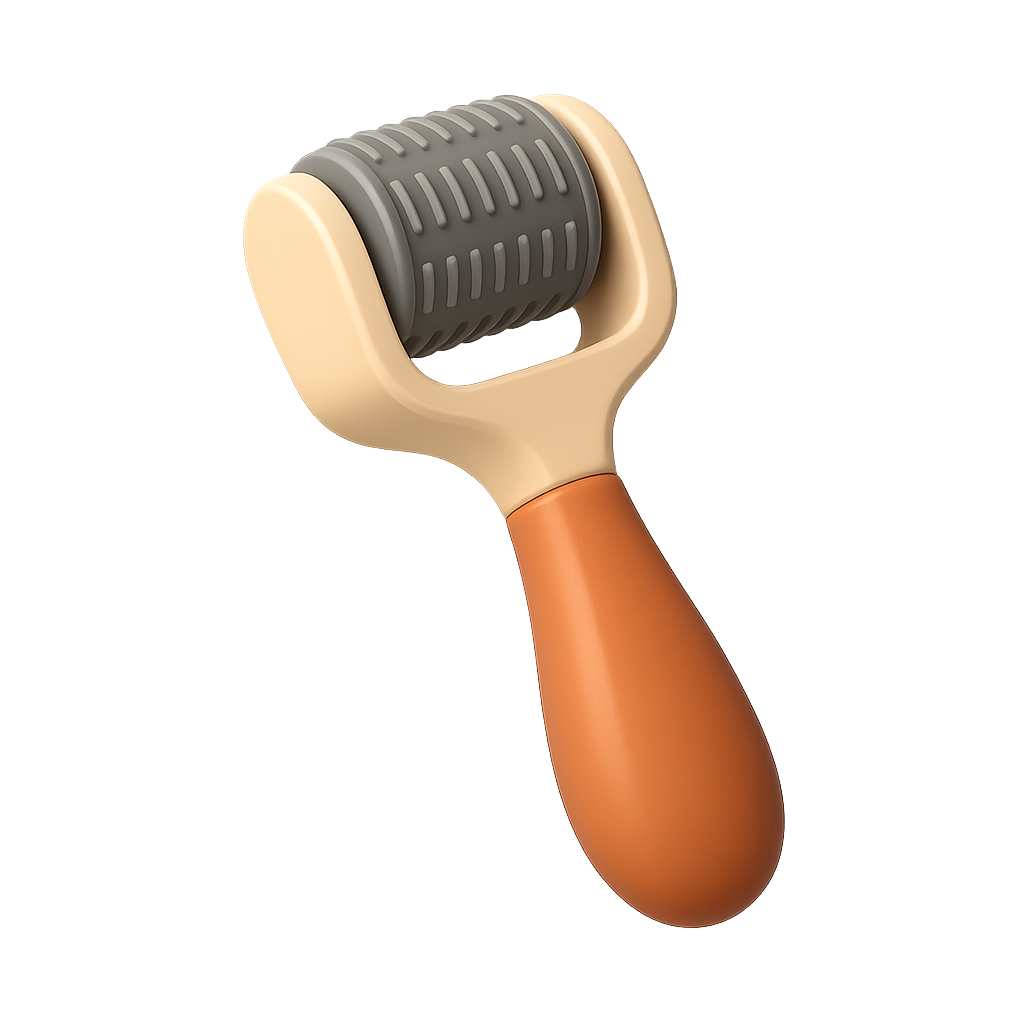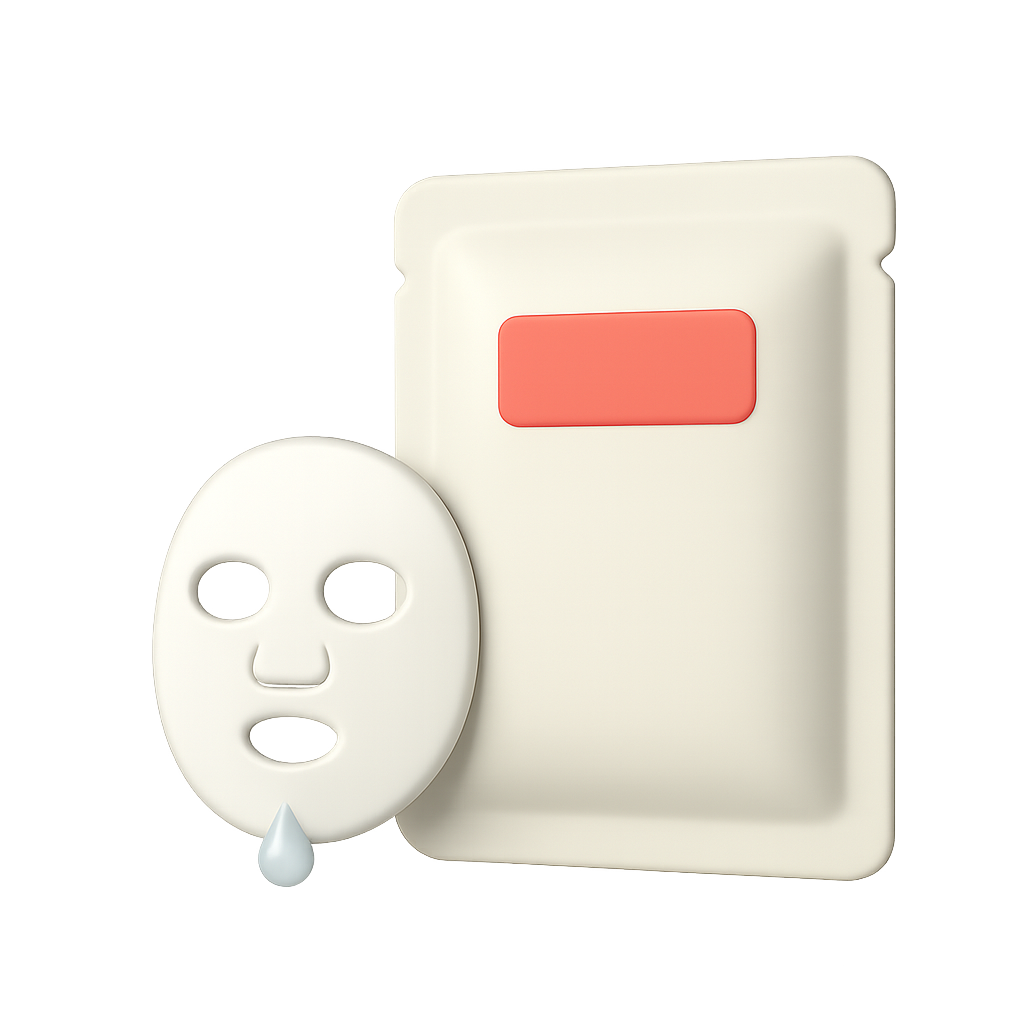Blog
Male Rejuvenation: Minimal Volume, Maximum Contour — Design for “Lines, Angles, and Shadows”

Male facial rejuvenation works best when you sharpen structure rather than inflate volume. The brief is simple—look rested, capable, and athletic—yet the execution is nuanced. Below is a clinic-ready playbook that keeps the frame first (jawline and chin), controls transitions (midface and perioral), and aligns skin quality (texture, light bounce), while preserving hallmarks of a masculine face: straighter lines, clearer angles, a broader base, and disciplined shadows.

1) What “masculine” looks like—operationalized
Vector, not bulk. Masculinity reads through directional vectors (forward at pogonion; posterior-inferior at the gonial angle; a clean inferior mandibular border) more than through large, diffuse volume.
Axes that anchor the lower third. A visible mandibular body line and stable chin vertical height carry more weight than medial-cheek fullness.
Shadow discipline. Keep natural corridors—pre-jowl, labiomental, gonial drop-off—but reduce noise (ripples, random concavities). You’re editing shadows, not erasing them.
Feature neutrality. Avoid lip over-projection and central cheek ballooning; both soften angles and feminize the face.
Global procedure data supports a minimal, maintainable approach: botulinum toxin remains the most common non-surgical procedure worldwide, followed by HA fillers—a pattern that fits men’s preference for short-downtime “refresh” cycles. ISAPS’ latest international survey (procedures performed in 2024) documents this ranking and provides country-level drill-downs.
Men account for a meaningful minority of aesthetic patients (≈14% in recent summaries), with steady growth potential—another reason to emphasize subtlety and reproducibility.
2) Five-minute assessment that changes the plan
Standardized photos (front/45°/profile), neutral expression, even lighting.
Line tracing (on screen or acetate): continuity of the mandibular border (pogonion → antegonial notch → gonion), labiomental angle depth/position, and pre-jowl gap relative to the chin pad.
Proportions & planes: chin width vs. alar base, chin vertical height vs. lower-third length, midface flattening vs. tear-trough depth.
Palpation: jowl mobility, bony support at pogonion/pre-jowl, SMAS tension.
Risk scan (recommended in complex zones): When available, use high-frequency ultrasound (HFUS) to confirm plane and map facial/labial/mental artery variants before you inject; contemporary reviews show ultrasound improves accuracy and safety via real-time vascular mapping and plane control.
3) Design principles: Frame → Transitions → Finish
A) Frame (Jawline & Chin)
Goal: Reinforce the bony story with minimal gel.
Jawline (angle–body–pre-jowl).
Place small, firm aliquots of high-elasticity (high G’) HA on periosteum at strategic vectors (gonial angle, posterior body, pre-jowl ramp).
Blend only what you create; avoid chasing the entire border superficially (which blunts angles).
Feather residual ripples with an ultra-thin sheet of low-viscosity HA—enough to smooth, not to shine.
Prospective data with high-cohesivity HA for jawline restoration show >70% FACE-Q satisfaction at 6 months with objective contour gains—precisely the signal men want.
Chin tip (projection & vertical height).
Build projection with micro-stacking at pogonion; ensure frontal symmetry before adding height or width.
Widen cautiously: male chins tolerate a slightly broader base, but over-widening dulls the labiomental angle.
Reassess after 3–4 weeks; micro-top-ups outperform single large boluses in naturalness and risk control.
Systematic and clinical reviews highlight high satisfaction and low serious AE rates for non-surgical HA chin augmentation when performed by trained injectors.
B) Transitions (Midface, Nasolabial, Labiomental)
Goal: Calm disruptive shadows without creating “pillows.”
Midface: if the lid–cheek junction is harsh, place sub-SMAS or supraperiosteal micro-aliquots laterally (malar transition) rather than central cheek balloons.
Nasolabial: prioritize canine fossa support and lateral lift over direct line filling to keep the midface planar and masculine.
Labiomental complex: treat it as a unit—a shallow, well-placed angle reads fitter than a flat merge of lip and chin. Layer low-viscosity HA (crease softening) then medium-elasticity HA (angle support).
C) Finish (Skin quality and light control)
Use skin-quality sessions (e.g., low-viscosity HA microdroplets or PN/PN+ boosters) to restore hydration and micro-texture after setting structure, so the skin’s light bounce matches the new frame. (These boosters have growing clinical literature for elasticity/fine-line improvements and are typically scheduled in 3–4 sessions at 3–4-week intervals with maintenance thereafter.)
4) Product & plane selection (rheology really matters)
High-G’, cohesive HA → periosteal/deep supraperiosteal points at the gonial angle, posterior body, and pogonion; creates shape under load with cleaner edges.
Medium-elasticity HA → pre-jowl contour and labiomental angle support; keeps definition while permitting subtle blend.
Low-viscosity HA → ultra-thin surface sheets for texture smoothing and border polishing (never to “finish” the whole jawline).
PN/PN+ boosters (adjunct) → quality gains in the lower third; run as a separate program so structure stays visually dominant.
Plane first, product second. Decide on bone vs. deep fat vs. sub-SMAS vs. dermis first, then match rheology to the mechanical task.
5) A conservative, high-signal protocol (12 weeks)
Week 0 — Baseline frame
Toxin (if indicated) to quiet expressive distraction and moderate masseter.
Jawline: 2–4 deep vector points (high-G’ HA), 0.1–0.2 mL each.
Chin tip: micro-stack at pogonion (0.2–0.5 mL total). Photograph lines and mark vectors.
Week 4 — Reassessment & micro-top-up
Correct residual asymmetry with ≤0.5 mL total.
If needed, soften the labiomental crease with 0.1–0.2 mL low-viscosity HA; retain an angle—don’t iron it flat.
Week 8–12 — Finish & align
One skin-quality session (microdroplets or PN/PN+) if texture lags behind structure.
Plan maintenance: toxin at 3–6 months; structural top-ups only if photos demand them; boosters at 6–12 months.
This cadence mirrors real-world usage patterns captured in global statistics (toxin #1, HA #2) and slow-aging maintenance programs.
6) Ultrasound-assisted safety (when available)
Map, then move. Use B-mode ± Doppler to confirm arterial course (facial, labial, mental) and mentalis depth before entering the perioral–chin field; literature shows ultrasound enhances accuracy and safety for HA filler procedures.
Plane validation. Watch the needle/cannula tip settle on bone or in the chosen layer; deposit slowly under visualization. HFUS can also localize existing filler to guide precise dissolution if needed.
Troubleshooting. For suspected vascular events, imaging can support rapid decision-making alongside high-dose hyaluronidase protocols.
7) Risk controls that preserve masculinity
Cannula vs. needle: Deep structural points often tolerate needles; transition smoothing or vascularly dense corridors may favor cannula. Choose by plane and vessel map, not habit.
Low pressure, slow rate, small aliquots: Aspirate selectively (with awareness of its limits); rely more on plane control and ultrasound mapping in high-risk zones.
Hyaluronidase ready + a drilled algorithm: Recognition → stop → warm compress/massage per protocol → high-dose hyaluronidase → urgent escalation if vision symptoms. Current reviews and consensus pieces remain aligned on early, decisive management.
No consumer devices: Educate patients to avoid at-home “needle-free” filler gadgets; U.S. FDA consumer guidance and medical-journal coverage explicitly warn against these devices due to serious risks (occlusion, scarring, infection).
8) Communication that fits male expectations
Outcome language: “cleaner jawline edge,” “steadier chin line,” “less tired around the mouth”—not “bigger cheeks” or “plumper lips.”
Process framing: “two to three short sessions that add up,” not a single dramatic makeover.
Metrics that matter: side-by-side photos, a simple labiomental angle estimate, and patient-reported naturalness/confidence scores. Numbers reassure; ingredient lectures do not.
9) Common pitfalls (and fixes)
Overfilling the midface → softens male angles. Fix: move support laterally and deeper; reduce central cheek bulk.
Erasing the labiomental angle → flattens strength cues. Fix: reopen the angle with deep support; keep only a light surface pass.
Chasing the entire mandibular border superficially → wavy, shiny jawline. Fix: return to deep vector points; resurface sparingly.
Single-session “finish” → increases irregularities and risk. Fix: stage corrections; let gel integrate before judging.
References & Useful Links
ISAPS International Survey on Aesthetic/Cosmetic Procedures Performed in 2024 (full PDF) — global rankings (botulinum toxin #1, HA fillers #2), country drill-downs. isaps.org
ISAPS 2024 results (overview & US highlights) — additional breakdowns by market. American Med Spa Association
Male share of aesthetic patients (~14%) — summary citing ISAPS 2023 male proportions. medspaproevent.com
Jawline restoration with high-cohesivity HA (prospective data; FACE-Q outcomes) — satisfaction >70% at Month 6, with objective contour gains. PMC
Non-surgical HA chin augmentation (technique/satisfaction/complications review) — clinical evidence base for conservative chin programming. PubMed
Best practices for ultrasound-guided facial injections (lower face; step-by-step) — emphasizes pre- and intra-procedural scanning for plane and vessel control. PMC
Ultrasound significantly enhances accuracy/safety of HA filler procedures — recent review (ScienceDirect abstract). ScienceDirect
HFUS for detecting/localizing facial fillers — periorbital localization accuracy and use cases. PMC
Hyaluronidase for dermal filler complications (review, 2024) — early high-dose protocols and key decision points. PMC
Guideline for HA filler–induced vascular occlusion (consensus/algorithm) — practical steps for diagnosis and management. jcadonline.com
FDA consumer update: dermal filler do’s & don’ts — clear warnings against DIY/needle-free devices. U.S. Food and Drug Administration
JAMA news brief: needle-free injectors safety warning — regulatory signal reinforcing clinic education.
